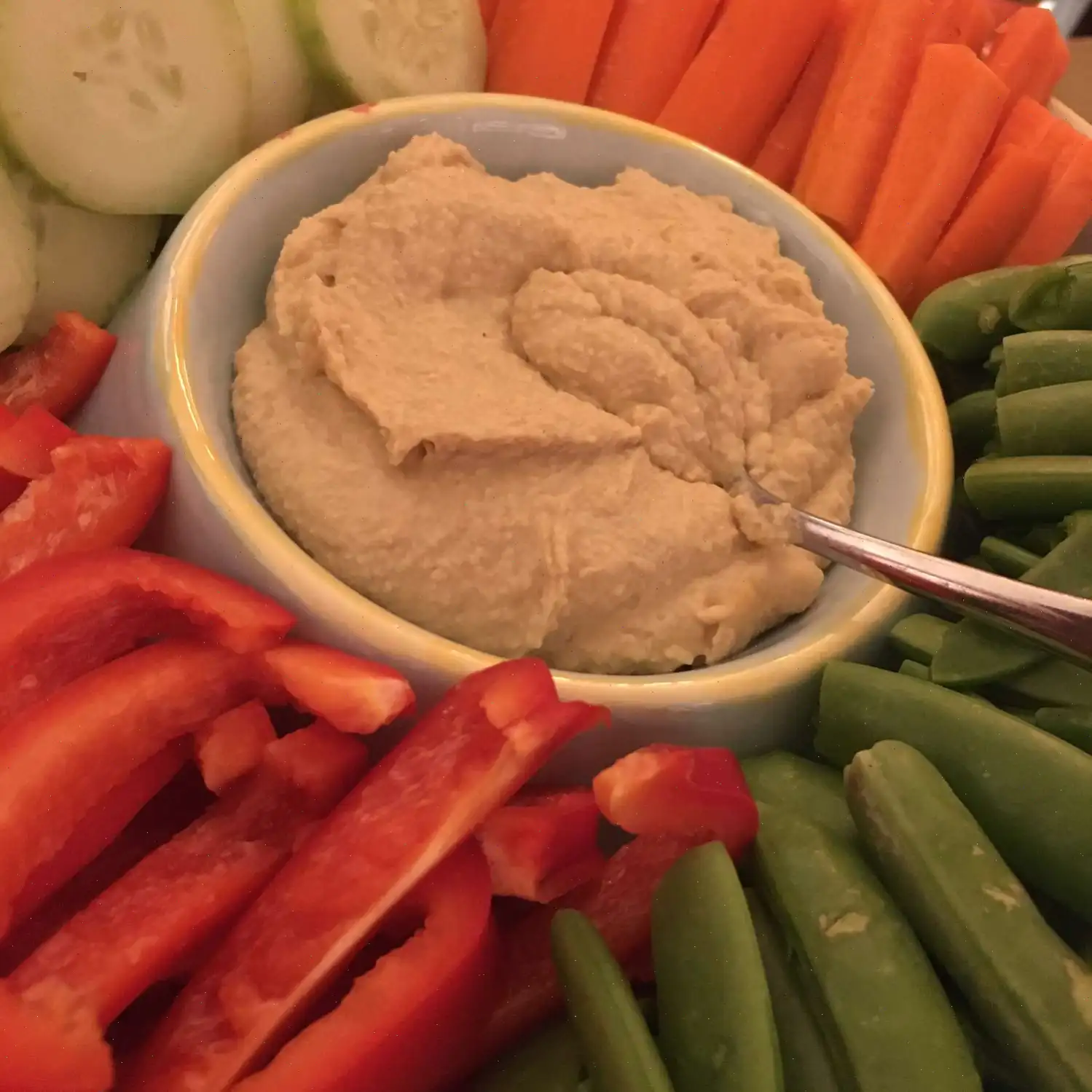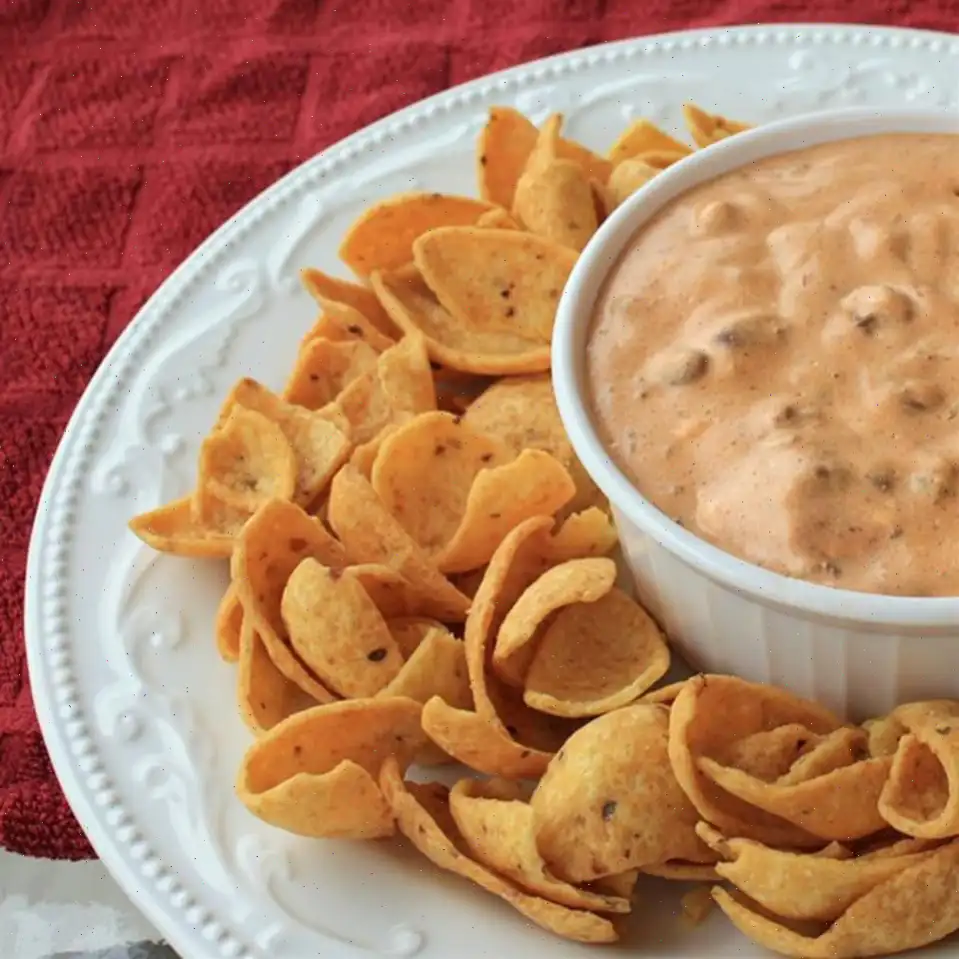
Tomatillo-Kiwi Salsa Recipe
Ingredients
- 1 cup chopped husked tomatillos
- 1 cup diced peeled kiwis
- 1/4 cup sliced green onions
- 3 tablespoons lime juice
- 1 tablespoon chopped fresh cilantro (or to taste)
- 1 to 2 teaspoons minced jalapeo
- 1/8 teaspoon salt
- 1/8 teaspoon black pepper
Directions
Step 1: In a medium-sized bowl, combine chopped tomatillos, diced kiwis, and sliced green onions.
Step 2: Add lime juice, chopped cilantro, and minced jalapeo to the bowl. Stir well to combine all the ingredients.
Step 3: Season the mixture with salt and black pepper to taste. Stir again to distribute the seasoning evenly.
Step 4: Serve immediately, or cover and refrigerate for up to 2 hours before serving. The salsa tastes best when served fresh, as the fruit can release water and thin the salsa over time.
Cook's Note: For the best results, avoid adding salt until just before serving if preparing the salsa ahead of time.
Nutrition Facts (per serving)
- Calories: 43
- Total Fat: 1g (1% DV)
- Saturated Fat: 0g (0% DV)
- Cholesterol: 0mg (0% DV)
- Sodium: 67mg (3% DV)
- Total Carbohydrate: 10g (4% DV)
- Dietary Fiber: 2g (8% DV)
- Total Sugars: 6g
- Protein: 1g (2% DV)
- Vitamin C: 51mg (57% DV)
- Calcium: 24mg (2% DV)
- Iron: 0mg (3% DV)
- Potassium: 264mg (6% DV)
Servings Per Recipe: 4
Percent Daily Values are based on a 2,000 calorie diet. Your daily values may be higher or lower depending on your calorie needs. Nutritional information is not available for all ingredients. If following a medically restrictive diet, consult a doctor or registered dietitian before preparing this recipe.

History and Origins
Tomatillo-Kiwi Salsa is a modern twist on traditional Mexican salsa. The tomatillo, a small green fruit with a tart flavor, has been a staple in Mexican cuisine for centuries. It is often used in salsas and sauces, particularly in Mexican dishes like salsa verde. While tomatillos have been cultivated in Central and South America for thousands of years, the inclusion of kiwi in salsa is a more recent innovation, blending the tropical fruit's sweetness with the tang of tomatillo for a fresh, zesty flavor profile. This salsa showcases a fusion of indigenous Mexican ingredients with modern influences, reflecting how cuisine evolves by incorporating diverse, global flavors.
Regional Variations
Although tomatillo salsa is common throughout Mexico, the addition of kiwi adds a distinctive regional variation, particularly seen in the more experimental kitchens of contemporary Mexican chefs. In many parts of Mexico, salsas are typically made with tomatoes, peppers, and onions, but the innovation of using kiwi brings a surprising sweetness and complexity to the salsa. This blend of ingredients is particularly popular in regions where fruit-based salsas are a common accompaniment to spicy foods, such as in the Yucatn Peninsula, where tropical fruits like mango and pineapple are often used in local dishes.
How It Differs from Other Salsas
What sets Tomatillo-Kiwi Salsa apart from traditional salsas is the combination of two bold flavors: the tartness of the tomatillo and the sweet, slightly tangy taste of the kiwi. Most salsas, like salsa roja or salsa verde, use tomatoes or tomatillos as their base but rely on peppers, garlic, and onions to provide savory heat. Kiwi, however, introduces a sweet and juicy component that softens the acidity of the tomatillo. This contrast makes the salsa lighter, fruitier, and a perfect accompaniment to dishes like grilled chicken or seafood, where a little sweetness can balance out spiciness or smokiness.
Where It Is Served
Tomatillo-Kiwi Salsa is typically served as a refreshing dip, ideal for pairing with crispy tortilla chips. It can also be served as a condiment alongside grilled meats, tacos, or even seafood dishes like fish tacos. In modern Mexican cuisine, it is not uncommon to find fruit-based salsas like this one as part of a larger appetizer spread or as a unique garnish for tacos or grilled vegetables. The freshness of the kiwi makes it especially popular during warmer months, offering a cooling contrast to spicy dishes.
Interesting Facts
- The tomatillo, unlike the tomato, is enclosed in a papery husk and has a tangy, citrus-like flavor. It is not related to the tomato but belongs to the nightshade family, like potatoes and peppers.
- Kiwi, originally from China, was introduced to New Zealand in the early 20th century, where it gained its current name, after the national bird of New Zealand, the kiwi.
- Fruit salsas like this one have gained popularity worldwide, especially in fusion cuisine, where they are used to add an unexpected burst of flavor to savory dishes.
- Due to the natural acidity of tomatillos and the vitamin C-rich kiwi, this salsa is a healthy addition to any meal, providing both flavor and a good boost of antioxidants.
Recipe Ingredients
- 1 cup chopped husked tomatillos
- 1 cup diced peeled kiwis
- 1/4 cup sliced green onions
- 3 tablespoons lime juice
- 1 tablespoon chopped fresh cilantro (or to taste)
- 1 to 2 teaspoons minced jalapeo
- 1/8 teaspoon salt
- 1/8 teaspoon black pepper
Directions
Stir together tomatillos, kiwi, green onions, lime juice, cilantro, jalapeo, salt, and pepper in a bowl. Serve immediately or chill, covered, for up to 2 hours. For the best flavor, serve within 2 hours to prevent the fruit from becoming watery.








